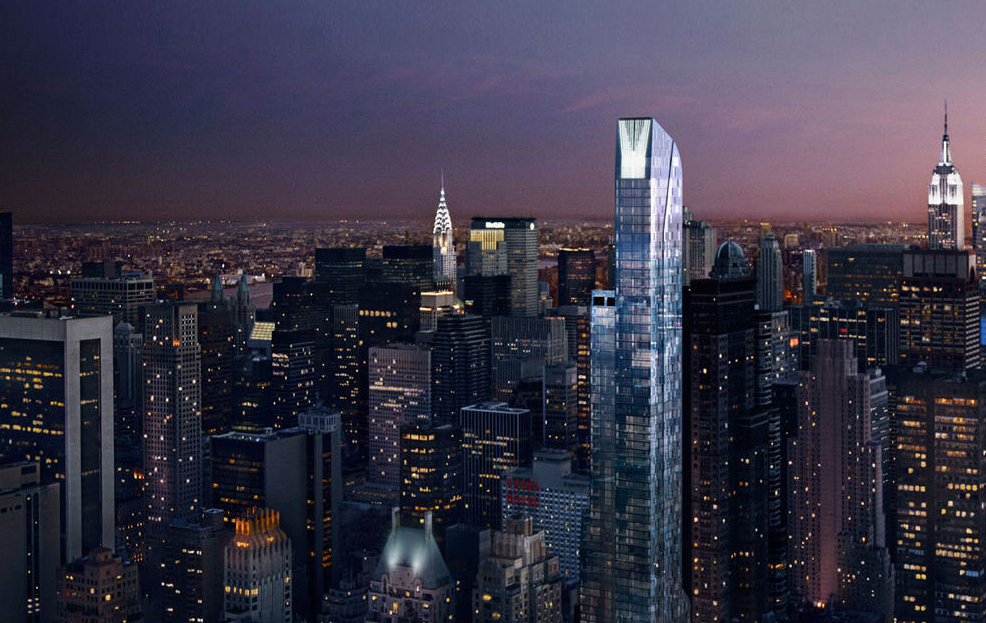
When a New York City broker recently sold a condo in the opulent One57 building for $6.5 million to a Chinese woman, he expected her to move in immediately. However, when he asked what she was looking for, she said it was not for her but for her daughter, who would be attending school in the city, either at Columbia or NYU. When he asked how old her daughter was, she replied: “Well, she’s 2.”
While this purchase may seem surprising and exorbitant, it merely reflects a change in purchasing trends for new luxury developments in New York City. The same broker, speaking with a Chinese News Agency, said that more than 25% of his business now comes from that country. Buildings like One57 are attracting rich investors from all over the world, from places like Russia, South Korea, and China, international businessmen who can easily shell out several million dollars for a brand new condo. An illuminating piece from Atlantic Cities explains why this is a negative trend for New York.
When these investors purchase living space in New York, or in comparable North American cities like Vancouver, they are doing so primarily for the value of the investment and only secondarily for habitation. This results in apartments and condos that lay vacant for a large portion of the year. While the few residents that do maintain consistent residency end up with relaxation and quiet, most complain that the experience of living in an empty building is lonely.
This trend is not new and, save for a brief respite during the recession, shows no signs of slowing down. When the New York Times published this article earlier this year, the real estate blog Curbed responded sarcastically because they found the article’s conclusion to be so incredibly obvious. Their headline: “Shocker: Rich People Buy NYC Homes And Don’t Live In Them.”
This is bad news for the activity on city streets. Although a neighborhood might be championed as incredibly dense statistically, if all of its towers are empty, it might not be quite as dense as previously championed. Falling density means decreased street activity, less support for local businesses and restaurants, and a shrinking sense of community. While this trend–a product of relentless capitalism and gentrification–cannot be stopped, hopefully these non-resident owners will soon come to realize the effect of their absence on their neighbors.
[This trend may include exclusive low rise neighborhoods in New York and other cities, like Manhattan’s Greenwich Village, where earlier lively streets provided a model of urbanism for Jane Jacobs, and London’s Belgravia (as noted in the NYT). The BBC has also been following the phenomenon of wealth and mobility in a series of reports called Wealth without Borders.]